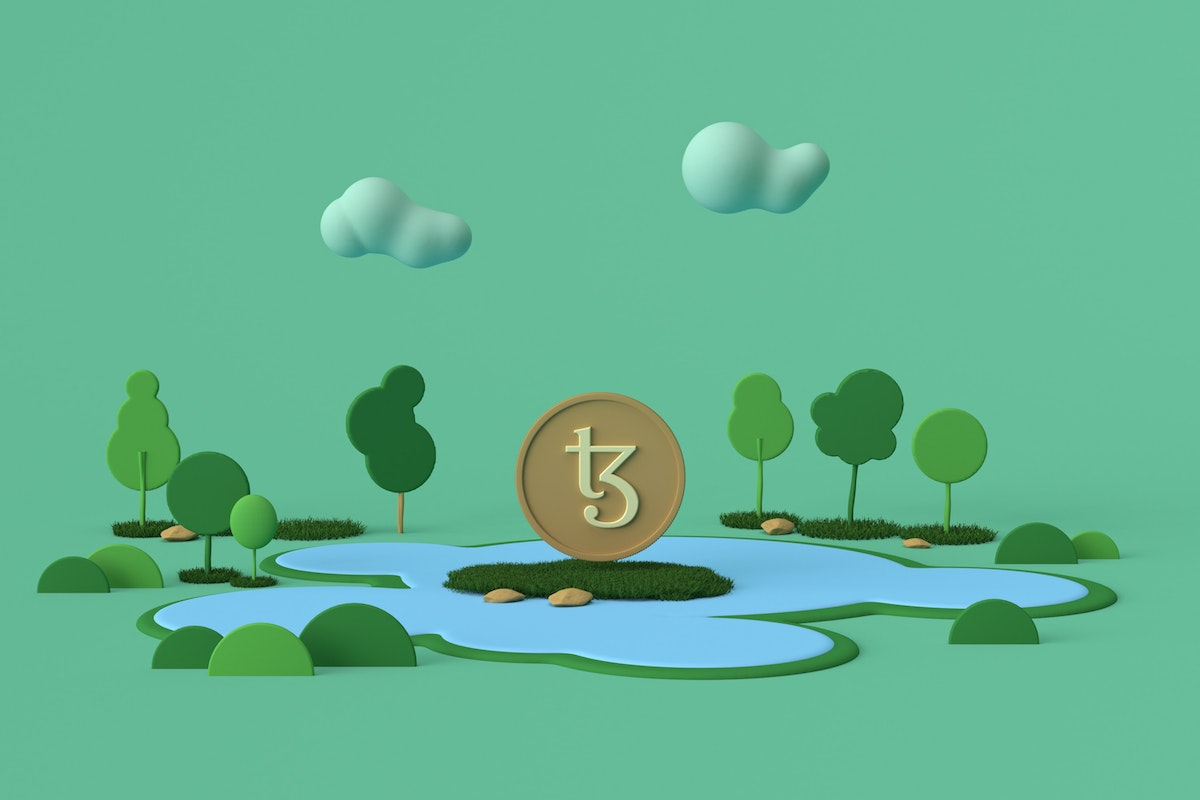What is a Stablecoin?
14/05/2022
Cryptocurrencies are making their way to the mainstream media. This is reasonably expected, considering their potential. But, of course, they are also volatile. But what if a cryptocurrency is intended to keep a constant value? That’s what we call “stablecoins.”
As its name suggests, stablecoins are more stable than other cryptocurrencies because of their pegged real-live valuations and may be used for day-to-day purchases. Although stablecoins come in various forms, they all stabilize the cryptocurrency market. We’ll explain what stablecoins are and why they’re significant in this post.
The origins of stablecoin
Tether, a cryptocurrency startup, released the first stablecoin in 2014. A stablecoin called USDT was established by Tether, and it is based on the US dollar. Given that each tether is worth one dollar, the USD Tether’s value remains stable.
Tether is a prominent stablecoin that was developed in reaction to the volatility of Bitcoin.
Stablecoins have been developed since then to bring stability to the crypto market. Here are some of the most widely used stablecoins:
- USD Coin (USDC)
- TrueUSD (TUSD)
- Paxos Standard Token (PAX)
How stablecoins work

Stablecoins can preserve their value in several ways. The most common method is to link a stablecoin to fiat money, such as the US dollar. Stablecoins have a one-dollar value and will not alter the value.
For example, the most common stablecoin is the USDC (USD Coin), which is worth one dollar. Other popular examples include Tether (USDT) and Paxos Standard Token (PAX).
Another way to create a stablecoin is to link it to a physical asset, such as gold or oil. The value of the stablecoin will fluctuate with the price of the underlying asset.
The most common type of asset-backed stablecoin is the gold-backed cryptocurrency. One example is Digix Gold Token (DGX), which is backed by one gram of gold.
What are the different types of stablecoins?
Stablecoins come in three primary types.
The first type is fiat-backed stablecoins. A reserve currency like the US Dollar or Euro is used to back these stablecoins. When it comes to fiat-backed stablecoins, Tether (USDT) is one of the best examples.
The second type is commodity-backed stablecoins. This type is backed by commodities such as gold or oil. To illustrate the concept of a stablecoin backed by tangible assets, Digix Gold Token is a good example.
Finally, the third type is crypto-collateralized stablecoins. These stablecoins use the value of another cryptocurrency as their source of stability. Stablecoins backed by cryptocurrencies, such as MakerDAO’s DAI, are common.
Why stablecoins are important

Utilizing stablecoins can be highly beneficial because of the following reasons.
Stablecoins are meant to keep a constant value, as we discussed before. Therefore, people may utilize stablecoins for routine transactions without being concerned about the market’s volatility.
When it comes to underdeveloped nations, local currencies may be volatile. With Stablecoins, you don’t have to be concerned about losing value due to inflation or devaluation.
Stablecoins may also be used as a currency hedge to protect against cryptocurrency volatility. For example, in the case of a market crash, you may convert your Bitcoin to a stablecoin, such as USDT. This way, you can protect your investment from market volatility.
As a third benefit, stablecoins have the potential to promote bitcoin use. Given that they are stable, it is possible to use them for ordinary transactions, such as purchasing coffee or groceries. Cryptocurrencies may be utilized for more than just speculative purposes. They can also be employed daily.
Stablecoin choosing factors: which one should I use?
Stablecoins come in many varieties, making it difficult to choose the best one. However, consider the following suggestions to get you started:
1. Longevity
An organization’s long-term viability must be considered before anything else. Stablecoins have a history of holding their value, which you want. Stablecoins like Tether (USDT) have grown in popularity as a consequence.
MakerDAO’s DAI is another stablecoin worth considering since it is backed by other cryptocurrencies such as Bitcoin. Hence, it is more secure than stablecoins backed by fiat currency because it is less vulnerable to government influence.
Also, keep in mind that there is no such thing as a stablecoin free of risk. But some stablecoins can be a tad riskier than others. Your level of risk-taking is entirely up to you.
2. Usage
Stablecoin’s use case is a further consideration. For example, certain stablecoins are meant for particular transactions, such as purchasing coffee and renting a house. Others, such as Tether (USDT), may be utilized for various reasons. Meanwhile, keep in mind that some stablecoins are only accessible on specific exchanges or wallets.
DAI is an example of a stablecoin you may consider utilizing to pay your rent. Dai was created primarily for payments and can be used on several platforms.
3. Fees
Fees are still another consideration. Others impose transaction fees, while others do not. Consider the stablecoin’s fee schedule before you make a final selection.
Tether (USDT) is an excellent option if you’re looking to avoid transaction costs.
Lastly, you should consider stablecoin’s privacy. Stablecoins vary in their level of secrecy. There are several privacy-focused cryptocurrencies, such as Monero (XMR).
In contrast, Tether (USDT), tethered to the US currency, is less private. If you use USDT, your transaction history might be linked to your real-life identity.
Paxos Standard (PAX) is a privacy-enhancing stablecoin that uses the Paxos Protocol. Transaction data is obfuscated not to be linked to your real-world identity via this protocol.
Wrapping Up
A stablecoin is one whose value is intended to remain stable over time. Therefore, it is possible to utilize stablecoins as a currency hedge to enhance cryptocurrency adoption.
Stability, use case, fees, and privacy are all things to consider while selecting a stablecoin.
Stablecoins aren’t entirely risk-free, though. As a result, certain stablecoins have a lower level of risk than others. How much danger you’re willing to accept is entirely up to you.
Which stablecoin do you prefer? Let us know what you think in the comments!
Chat with the expert NFT promoters and marketers at Mooning
Sure, all the examples of NFT promotions we listed are from global brands with endless coin to throw at their campaigns. But you don’t need a crazy-high budget to see some seriously incredible outcomes – as long as you know the delicate intricacies of building a killer NFT marketing strategy!
If not, no worries – Mooning is here to take care of everything for you and make sure you see the most amazing ROI you’ve ever seen before. Our team has the knowledge and experience to promote your NFTs in order to deliver maximum awareness and interest, driving the sales prices up sky-high and beyond.
We provide a full suite of expert NFT marketing services and go above and beyond for every one of our clients to ensure only the best results. Our team will help with everything from minting, listing and selling, NFT creator sourcing, community management and campaign conceptualisation.
So get in touch with us now on 1300 818 435 or message us online.





